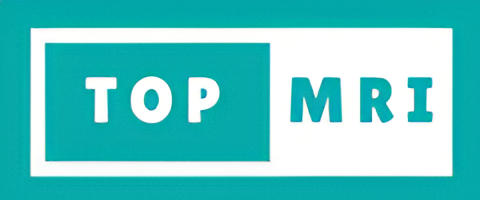
Application of MRI in medical diagnosis
Application of MRI in medical diagnosis
MRI is a Magnetic Resonance Imaging technique that is widely used in hospitals to diagnose the disease, the stage, and to follow up. It is used to detect any kind of tumor, injury in the brain, nerve, etc. MRI scanners use radio waves and strong magnetic fields to generate images of the structure of the body. Diagnostic differs from organ to organ. Here, we will see the application of MRI in diagnosing problems in various organs.
Unlike CT/PET, it does not makes use of x-ray. It was, in the beginning, called Nuclear Magnetic Resonance Imaging(NMRI) but the word “nuclear” was removed so that people do not get any negative relation. Although, it is widely used worldwide but it is considered to be less comfortable as it involves a long confining tube with longer and louder measurements.
Neuroimaging –
Neuroimaging is the MRI of the brain. It is used to diagnose neurological cancer as it helps to get better visuals of the posterior cranial fossa which contains the brainstem and cerebellum. It is the best-suited method for the detection of any problem related to the central nervous system like epilepsy, dementia, etc. because of the contrast it provides between grey and white matter.
Cardiovascular –
Cardiac MRI is used to examine the functioning and the structure of the heart. It has various applications:
- Assessment of myocardial viability, systolic functions, and left and right ventricular volumes and mass.
- Evaluation of pericardial and aortic disease, congenital heart disease, and valvular disease.

Musculoskeletal –
MRI in the case of the musculoskeletal system is used to examine the joint disease, soft tissue tumors, spiral imaging, and even genetic muscle disease. It is typically used to diagnose the pain/ swelling in the tissue, arthritis, sports-related injuries, work-related injuries, tumors, spinal disk abnormalities, etc.
Liver and Gastrointestinal –
Hepatobiliary MRI is used to examine any disease related to the liver, bile duct, gallbladder, etc. It is used to diagnose any pain caused after the surgery of the gall bladder, pain caused in the abdomen due to the inflammation of the gall bladder, and biliary atresia in the newborn child. Administration of secretin is done first to check the functional imaging of the pancreas. A heavily T2-weighted sequence is used in MRCP to do the anatomical imaging of the bile ducts.
Angiography –
Angiography is mainly done to get the visuals of the blood vessels focusing more on the arteries, heart area, and veins. It can also be used to examine the renal arteries, abdominal aorta, arteries of the brain, and neck.
Several techniques can be used to generate the images like administration of a paramagnetic contrast agent or flow-related enhancement technique.
MRA is used by the doctors to –
- Diagnose the disease in the arteries to the kidney.
- Get a visual of the blood flow to prepare for the kidney transplant.
- Examine the arteries which are connected with the tumor before the surgery.
- Check for the arteries that have affected the leg.
- Detect the injury to the arteries that are present in the abdomen, chest, neck, etc.
Source
https://www.mayoclinic.org/tests-procedures/mri/about/pac-20384768